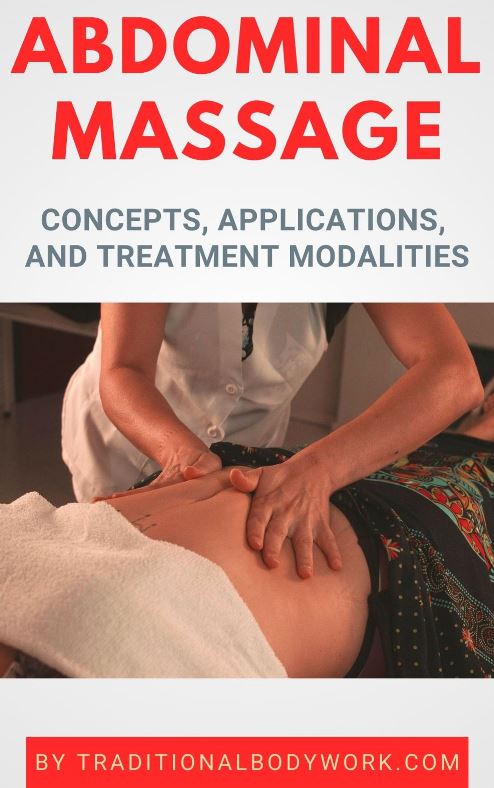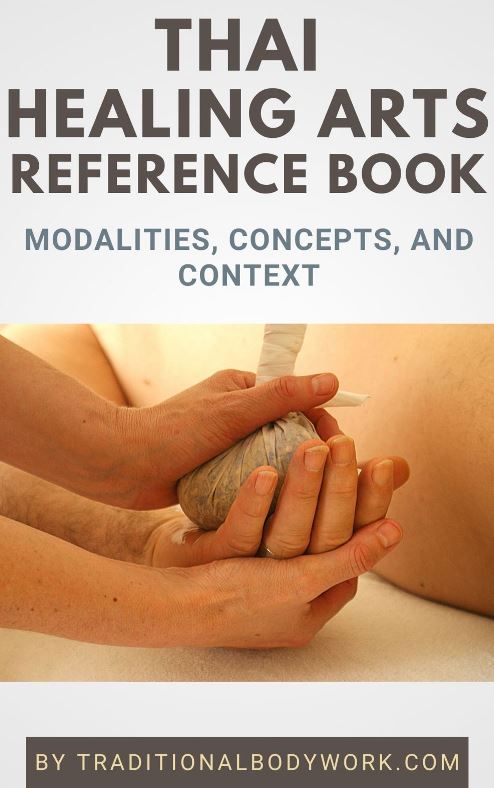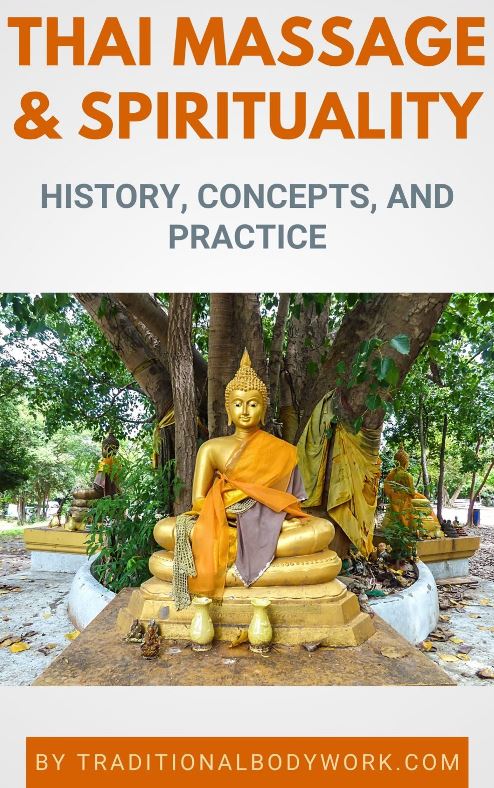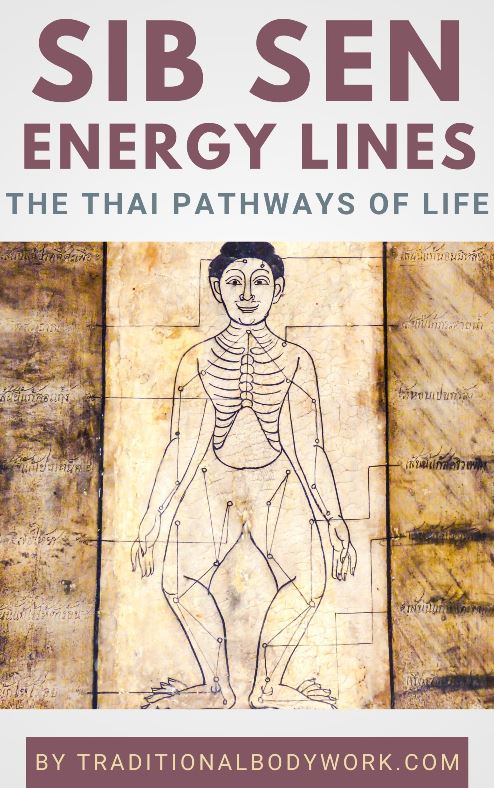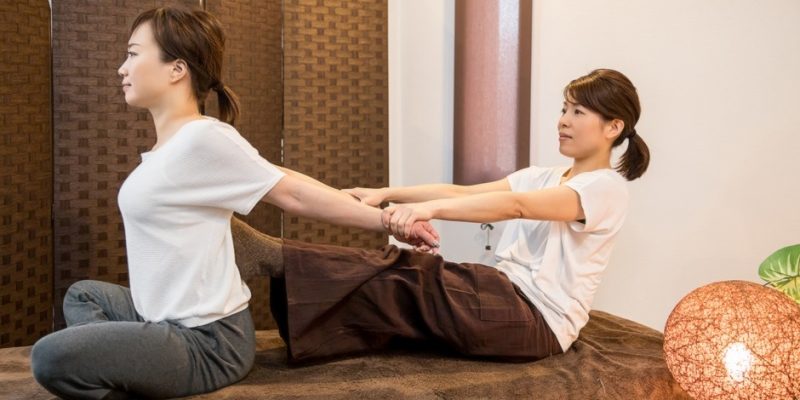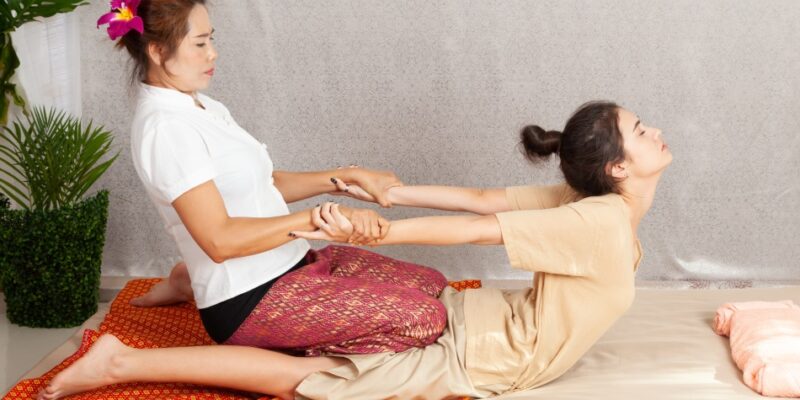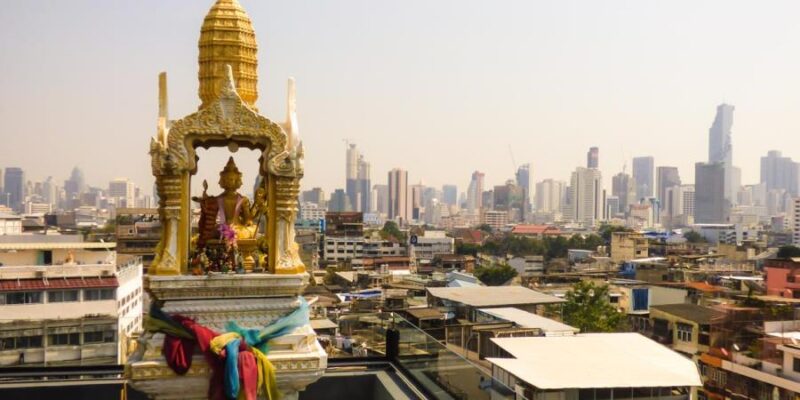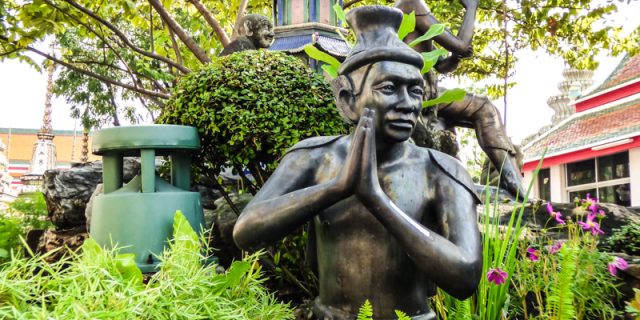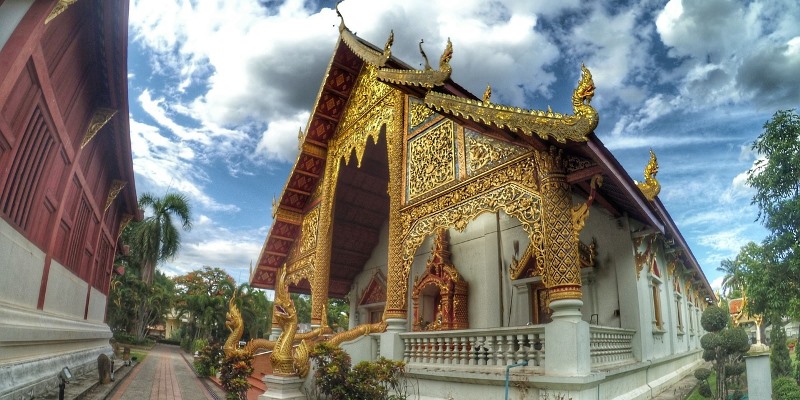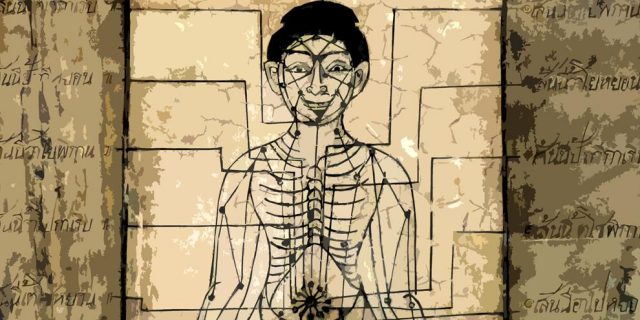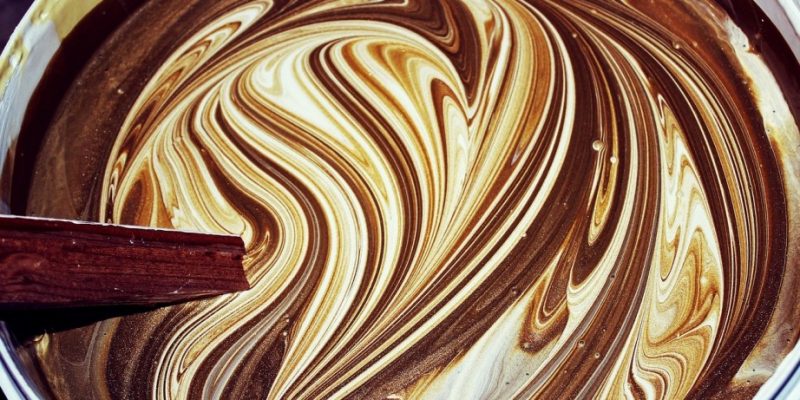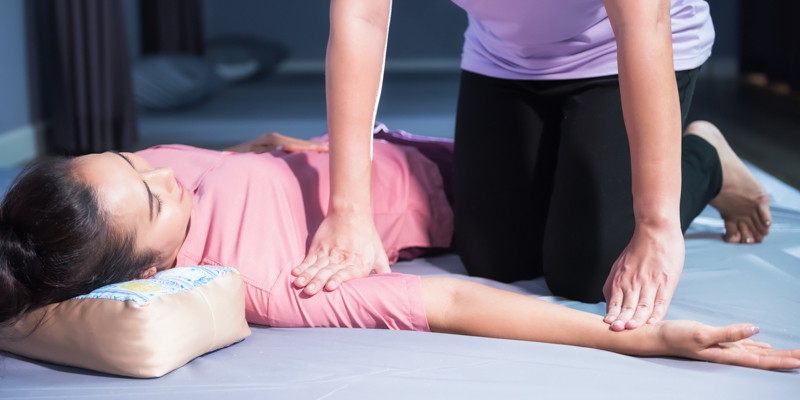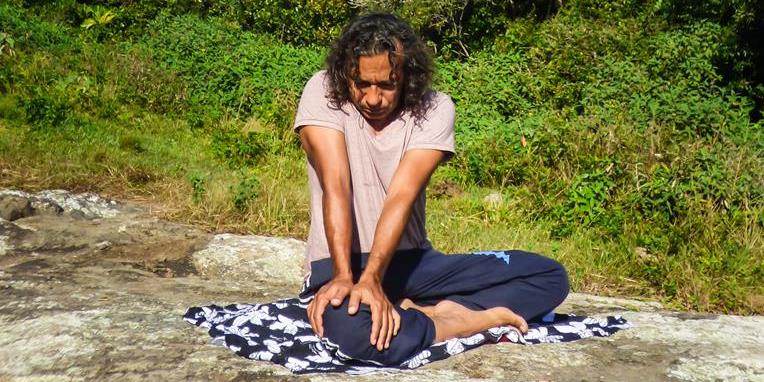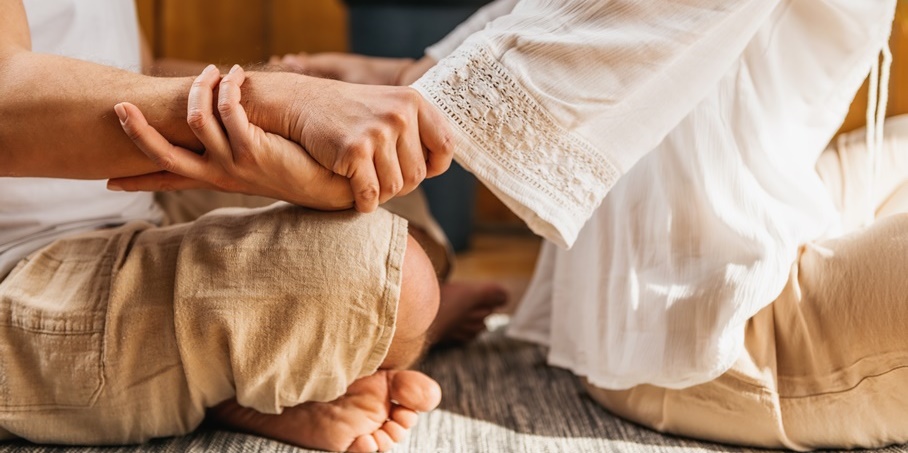
There’s a lot to say about the subject, so I’ll just kick off following my rather arbitrary thoughts. No real sequence here, but simply a reflection of what has happened in the past ten years, and what’s currently happening in the Thai Massage teaching community in Thailand. In this article, I basically only talk about Thai Massage training and training facilities offered to foreigners.
One of the first things I’ve noticed is the fact that, generally spoken, Thai Massage courses have become shorter. From an indefinite period “sitting at the master’s feet,” Thai Massage training became taking some months of courses, weeks of courses, or days … to nowadays sometimes even just studying a few hours. Moreover, some Thai Massage schools and teachers have the audacity to assert that a student will be a qualified Thai Massage practitioner after let’s say — 5 days of training.
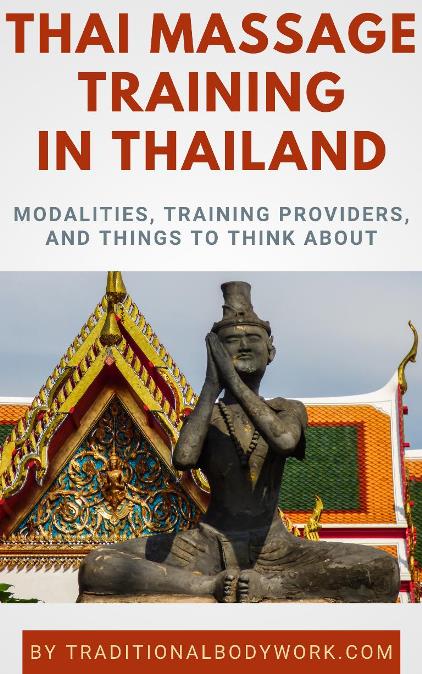
On the other hand, Thai Massage courses have also become longer. There is an increasing number of Thai Massage events, serious therapy training programs, or immersions that cover a month or much longer, sometimes spread over significant periods of time, even years.
Certainly, at Thai Colleges and Universities Thai Massage is embedded in three to four years Applied Thai Traditional Medicine Bachelor and Master programs, but those are usually not easy accessible for foreigners who don’t speak the Thai Language.
Another interesting fact is that the private commercial Thai Massage schools have embarked heavily on the Spa and Wellness industry. An increasing number of schools offer Spa & Wellness related courses and workshops and certainly not only Thai bodywork modalities. Here we talk about training that covers slimming, masks, whitening, scrubbing, pampering, scraping, nail art, facial treatments, herbal steam treatments, and the like, which are mushrooming within the boundaries of traditional Thai Massage schools.
We also see that more Thai Massage course modalities emerge. What was basically incorporated in traditional full-body Thai Massage sessions is taken out of the curriculum, and put in a separate course, class, or workshops. Think of “new” modalities like Thai Hand Massage, Thai Pregnancy Massage, Thai Facial Massage, Thai Abdominal Massage, Thai Elbow Massage, Thai Barefoot Massage, Thai Sen Line Massage, Thai Neck & Shoulder Massage, and all those other “new and special” course modalities. Of course, as a result of that we see the rise of teacher “specialists.”
It also seems that Thai Massage schools get larger, with more teachers, and more training facilities. By contrast, as said, we see the rise of individual Masters, Ajarns, or teachers that offer specialized course material.
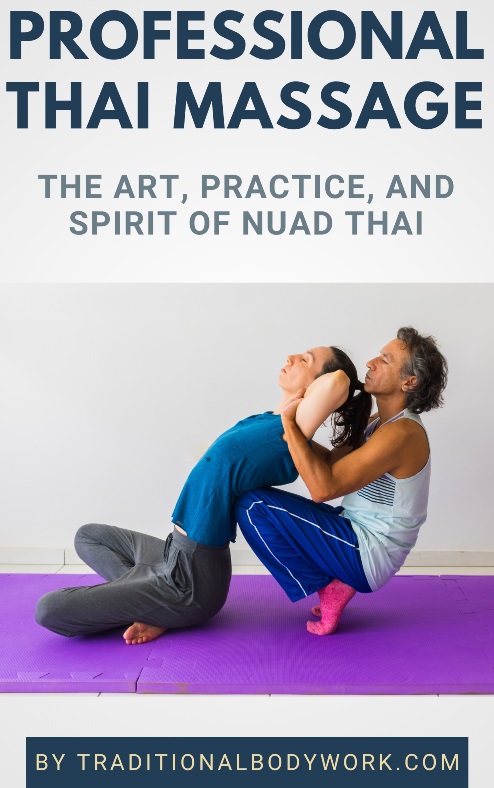
To meet the needs of Western students we have also seen that Thai Massage courses to a greater extent incorporate anatomy knowledge. Sometimes integrated in practical courses, sometimes as separate courses or workshops. In general, it’s still marginal, but it’s on the rise.
Connected to this phenomenon, we have also seen that schools try to acquire more credibility through certification or accreditation by foreign accreditation bodies like the American NCBTMB, the Canadian NHPC, Australian Massage & Myotherapy association, or the THAI Healing Alliance.
Of late, it’s also clear that Asian tourists and students have become more important for Thailand, perhaps even more important than Westerners. An increasing total of Thai Massage schools have website sections in Japanese and Chinese, for instance. The influx of Asian visitors in past years is growing fast, and it also means that the offered course content changes in favor of more Spa & Wellness course modalities.
When it comes to the distribution of Thai Massage schools across Thailand, I don’t think we’ll see dramatic changes. Chiang Mai and Bangkok most probably will continue to be the major Thai Massage learning hot spots. Perhaps though, the holiday islands will see a boost in Thai Massage training centers that are set in a more resort & retreat like fashion, like what has happened with Muay Thai (Thai Boxing) camps and schools.
Well, these are my thoughts about the subject for now. Things certainly change and have changed in the past ten years, but of course it’s only the future becoming the present that will show us what direction things really take.


